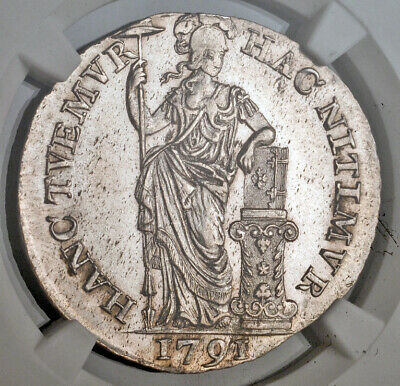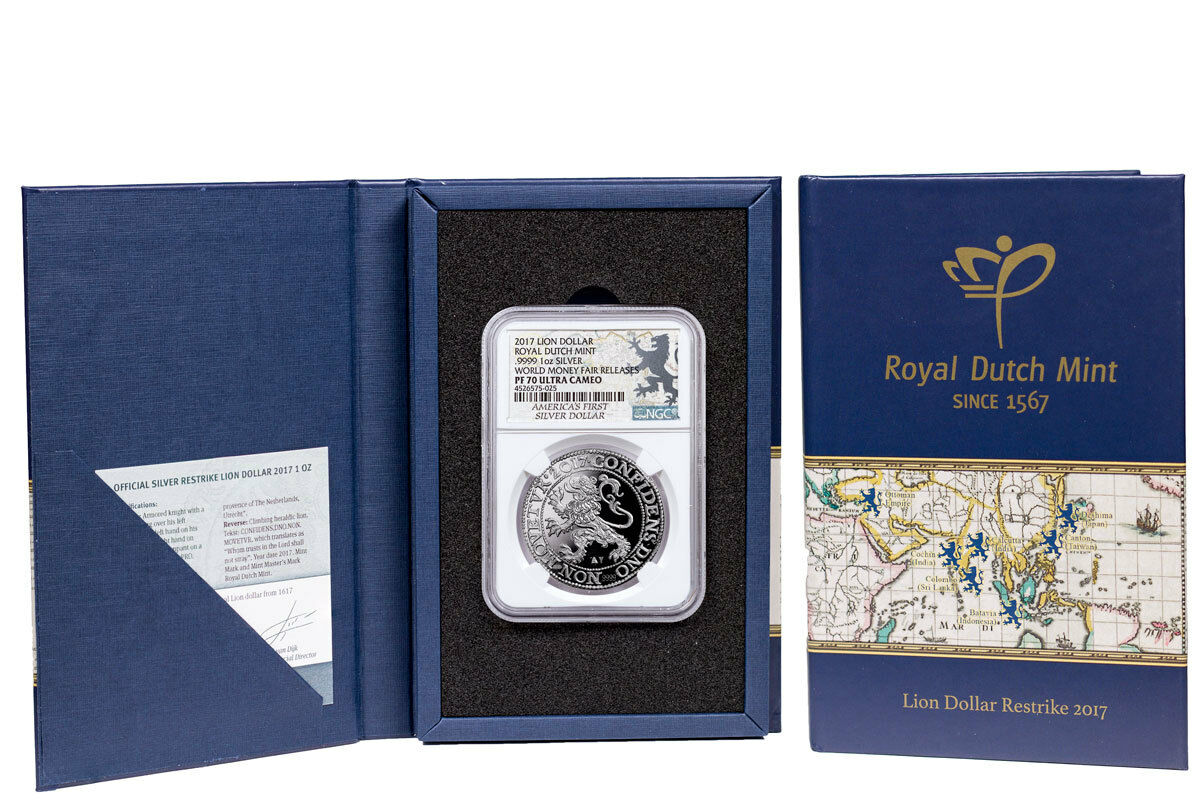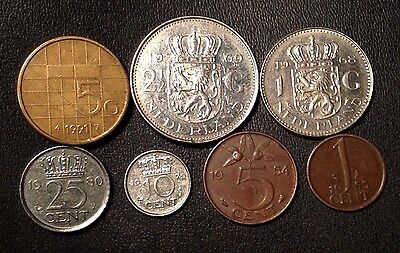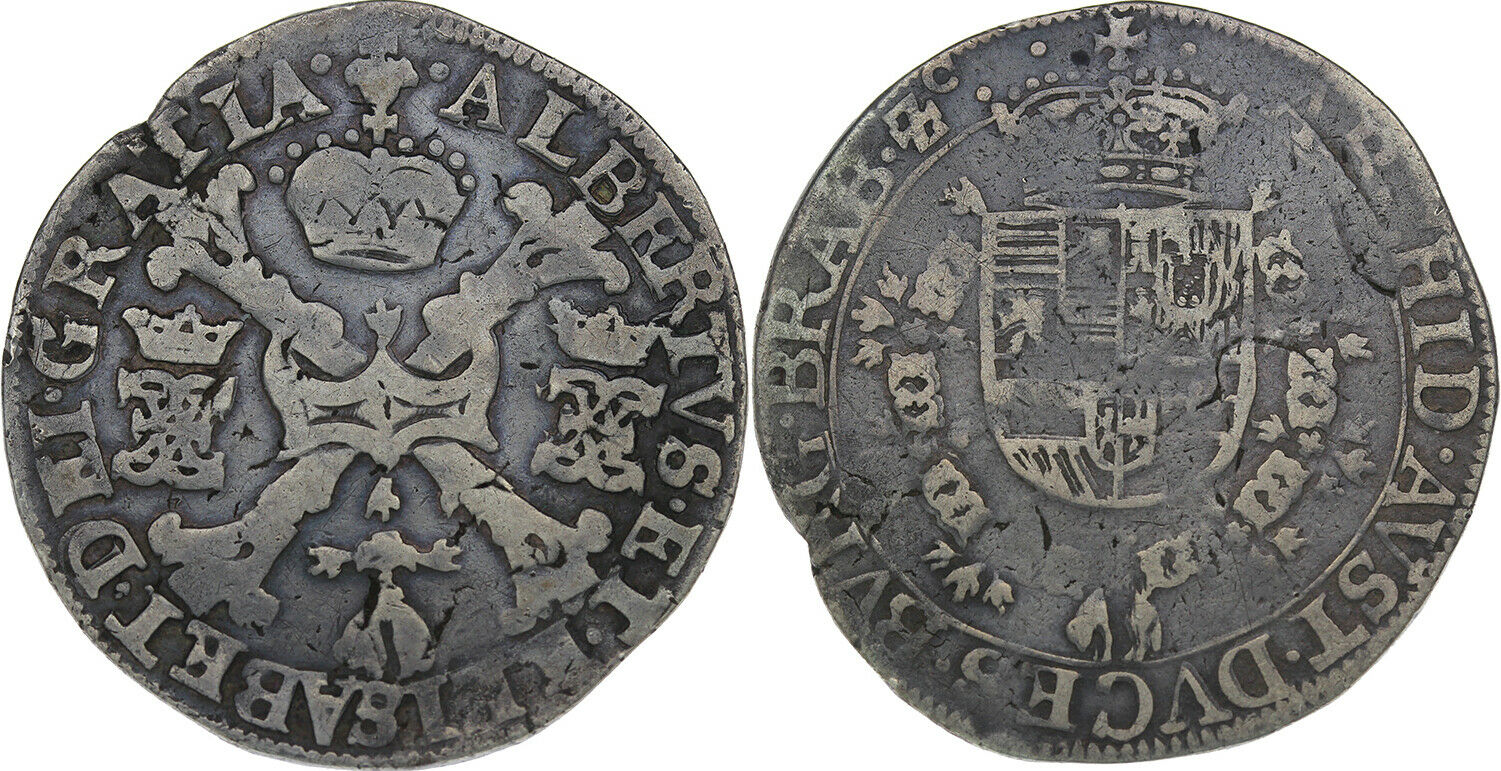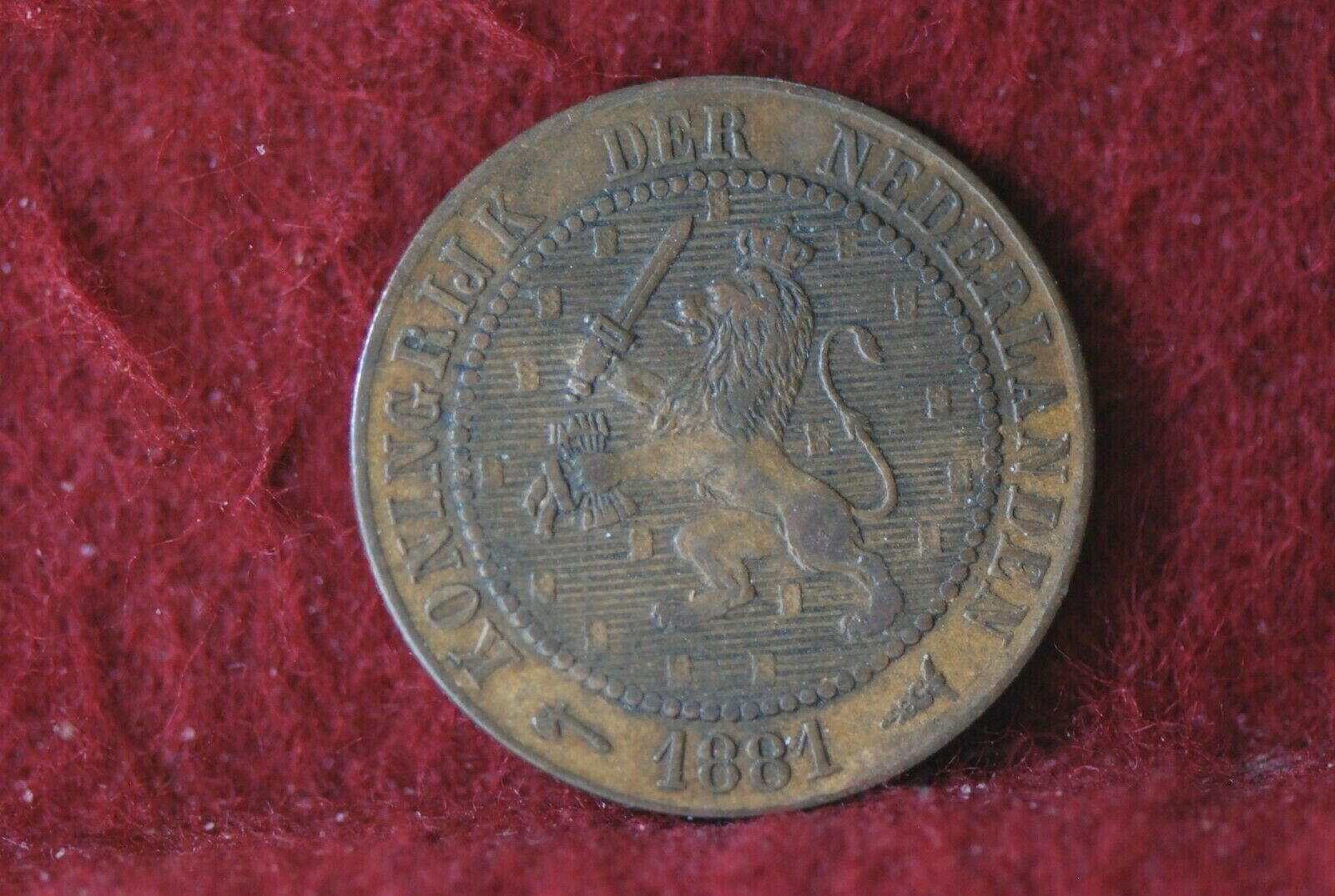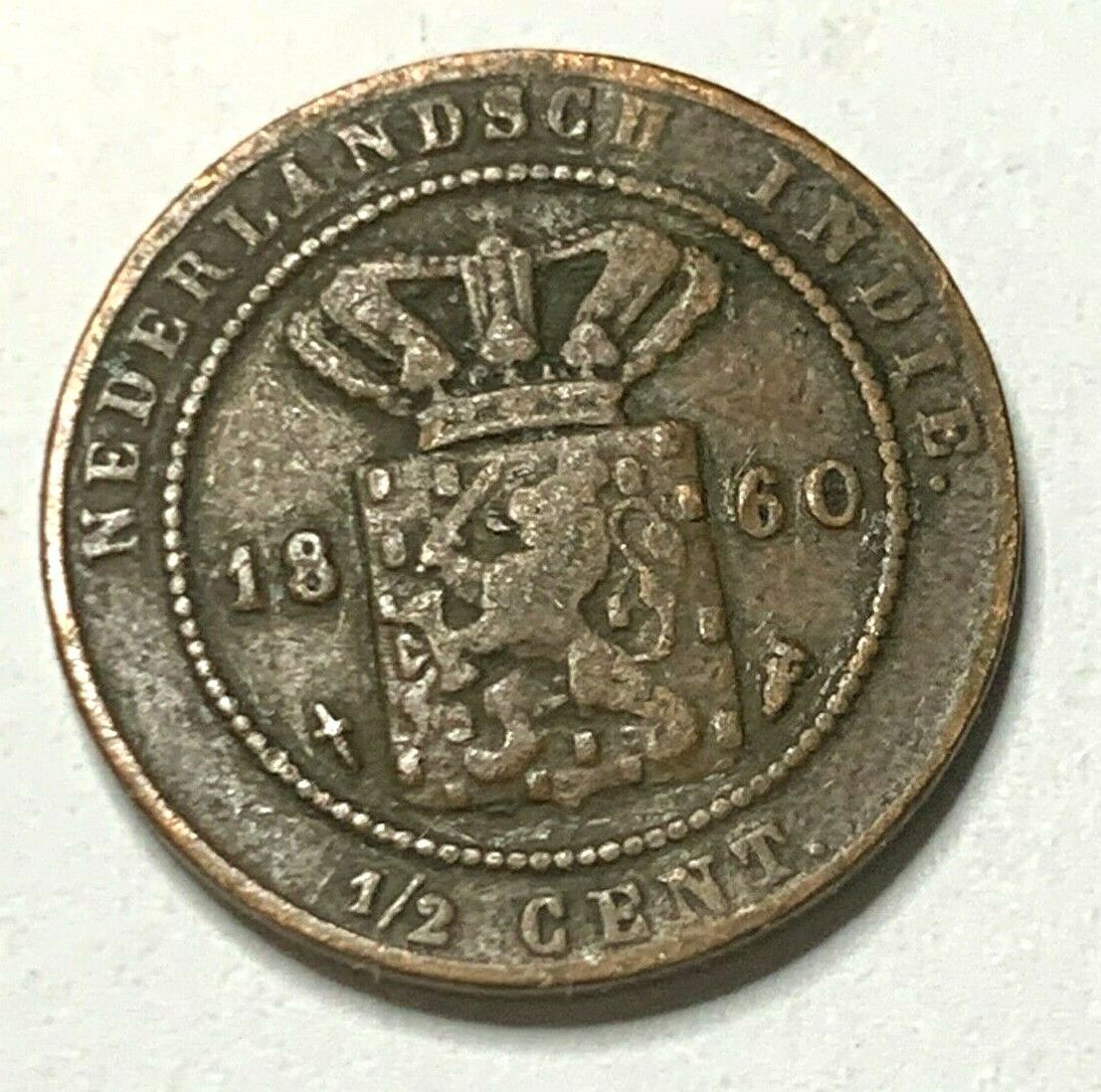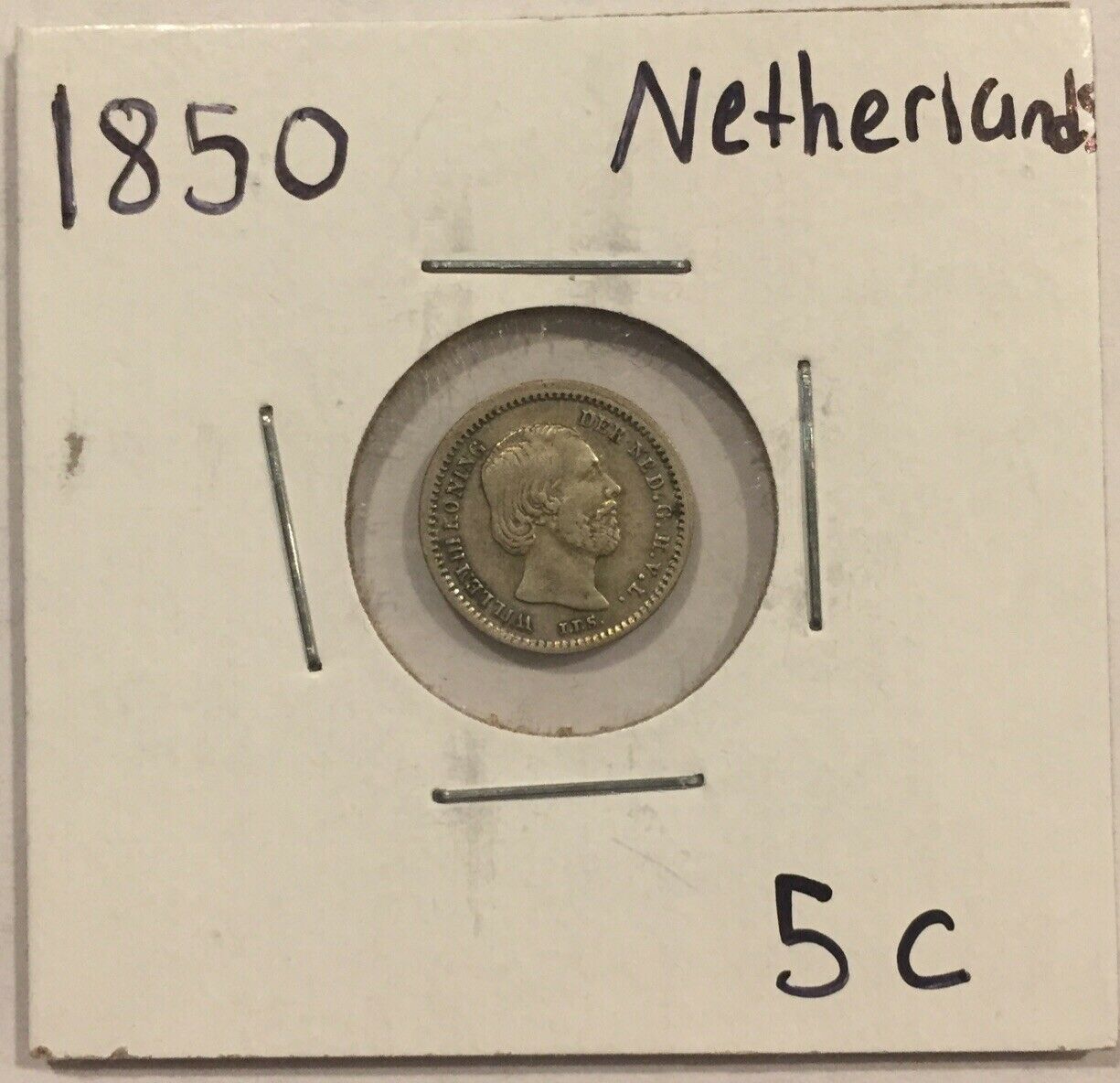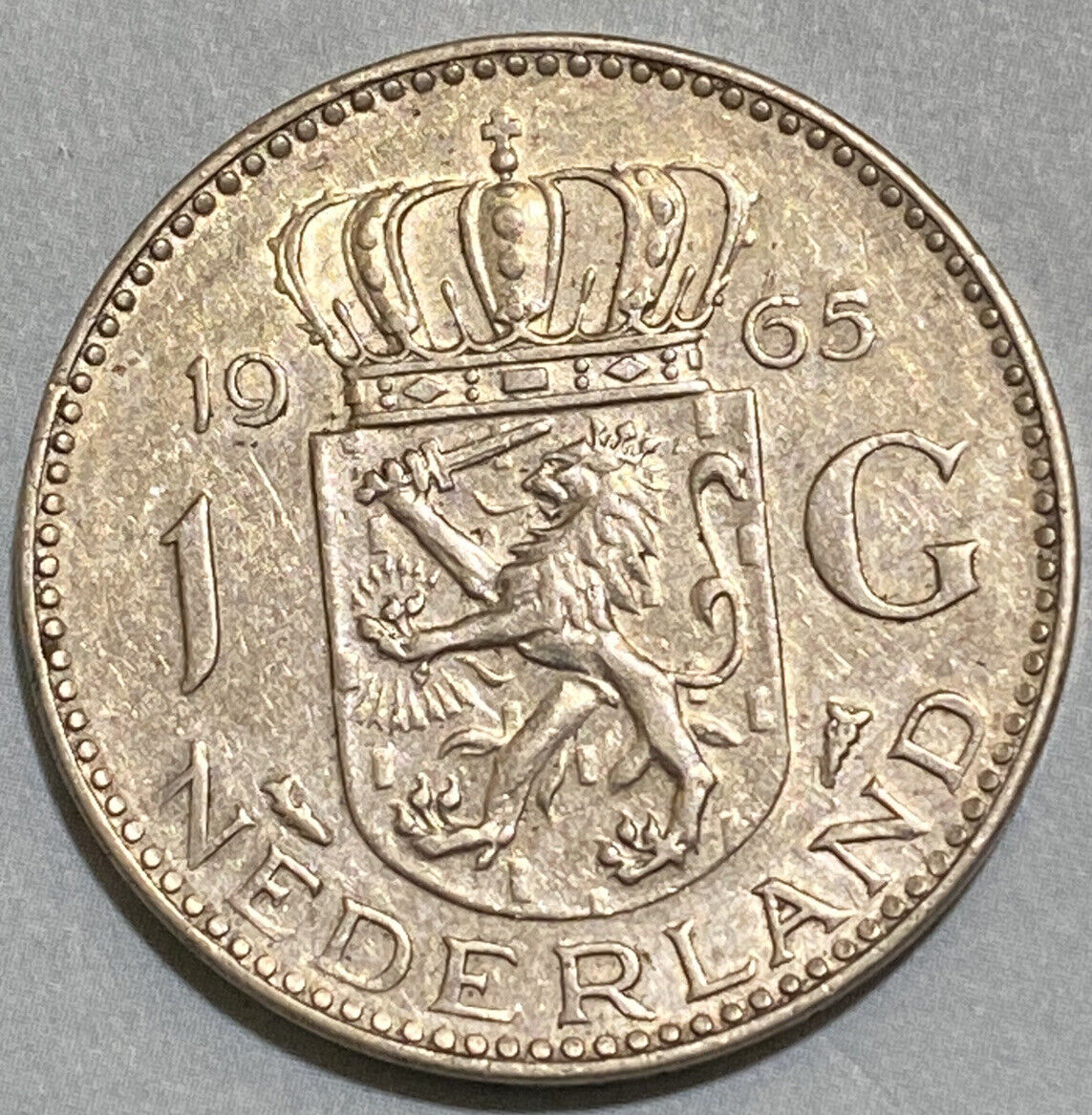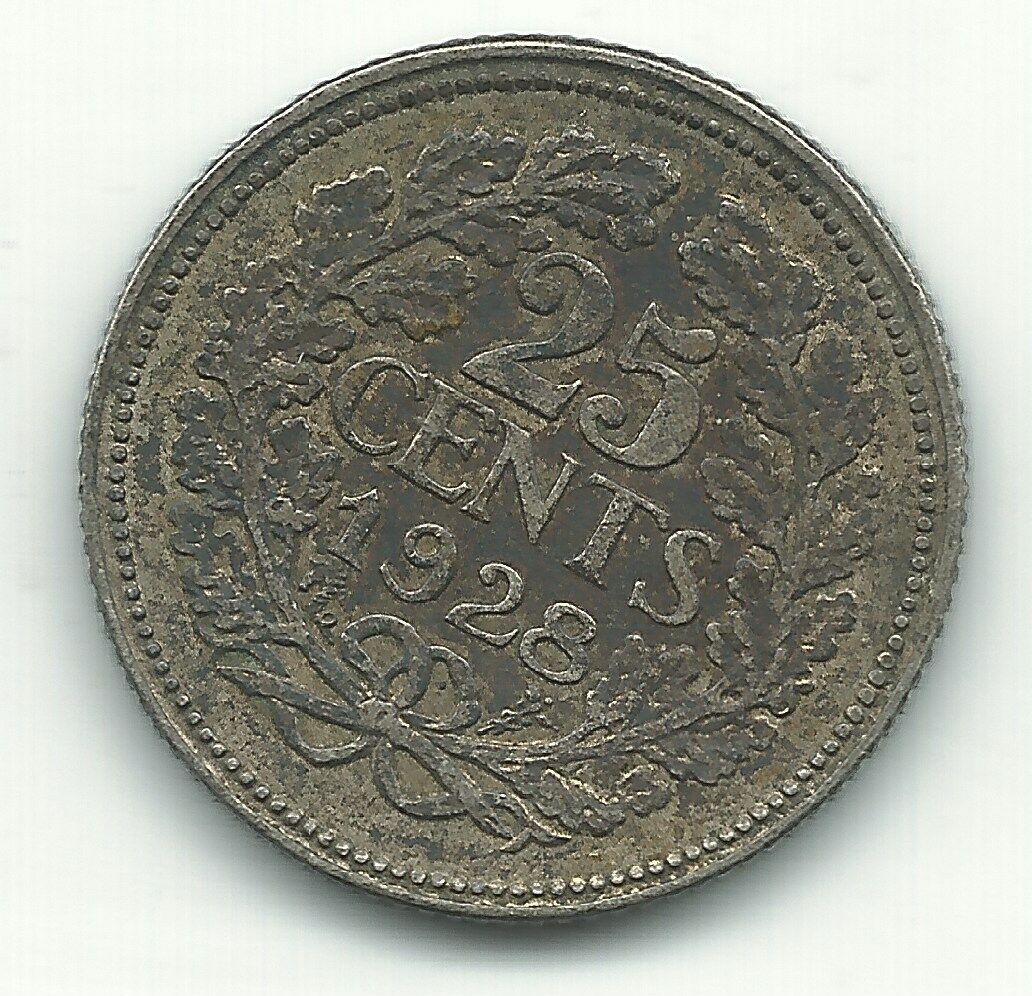-40%
1791, Netherlands, Holland. Stunning Silver 1 Gulden Coin. Top Pop! NGC MS-64!
$ 416.59
- Description
- Size Guide
Description
CoinWorldTV1791, Netherlands, Holland. Stunning Silver 1 Gulden Coin. Top Pop! NGC MS-64!
Mint Year: 1791
Province: Holland
Reference: KM-73.
State: United Provinces
Denomination: 1 Gulden (20 Stuivers)
Condition:
Certified and graded by NGC as MS-64 (none higher and only one equal ever graded by NGC!)
Weight: 10.61gm
Diameter: 33mm
Material: Silver
Obverse:
Standig togate personification of the Dutch Republic (Hollandia), wearing plummed helmet, holding reversed spear, topped by a hat and leaning on book, placed on a decorated column. Date (1791) below.
Legend (motto) : HANC TVEMVR - HAC NITIMVR / 1791
Translated: "
This we defend, by this we strive!
"
Reverse:
Crowned shield of the United Provinces, splitting denomination (1-Gl.).
Legend: MO : ARG : ORD : FOE : BELG : HOLL :
Expanded: "MOneta ORDinum FAEDERatorum BELGicarum HOLLandiae"
Translated:
"Coin of government of the federation of Belgium, Holland
"
Authenticity unconditionally guaranteed.
Bid with confidence!
The
Republic of the Seven United Netherlands
(or "of the Seven United Provinces") (
Republiek der Zeven Verenigde Nederlanden/Provinciën
; also
Dutch Republic
or
United Provinces
in short,
Foederatae Belgii Provinciae
or
Belgica Foederata
in Latin) was a European republic between 1581 and 1795, in about the same location as the modern Kingdom of the Netherlands, which is the successor state.
Before 1581, the area of the Low Countries consisted of a number of duchies, counties, and independent bishoprics, some but not all of them part of the Holy Roman Empire. Today that area is divided between the Netherlands, Belgium, Luxembourg and parts of France and Germany. The Low Countries in the 16th century roughly corresponded to the Seventeen Provinces covered by the Pragmatic Sanction of 1549 of Holy Roman Emperor Charles V.
Through marriage, war or sale, these states were acquired by the Habsburg emperor Charles V and his son, king Philip II of Spain. In 1568, the Netherlands, led by William I of Orange, revolted against Philip II because of high taxes, persecution of Protestants by the government, and Philip's efforts to modernize and centralize the devolved medieval government structures of the provinces. This was the start of the Eighty Years' War.
In 1579, a number of the northern provinces of the Netherlands signed the Union of Utrecht, in which they promised to support each other in their defence against the Spanish army. This was followed in 1581 by the Act of Abjuration, the declaration of independence in which the provinces officially deposed Philip II.
The United Provinces first tried to choose their own lord, and they asked the Duke of Anjou (sovereign from 1581-1583) to rule them. Later, after the assassination of William of Orange (
July 10
, 1584
), both Henry III of France and Elizabeth I of England declined the offer of sovereignty. However, the latter agreed to turn the United Provinces into a protectorate of England (Treaty of Nonsuch, 1585), and sent the Earl of Leicester as governor-general. This was not a success, and in 1588 the provinces became a Republic.
Only 1$ shipping for each additional coin purchased!
